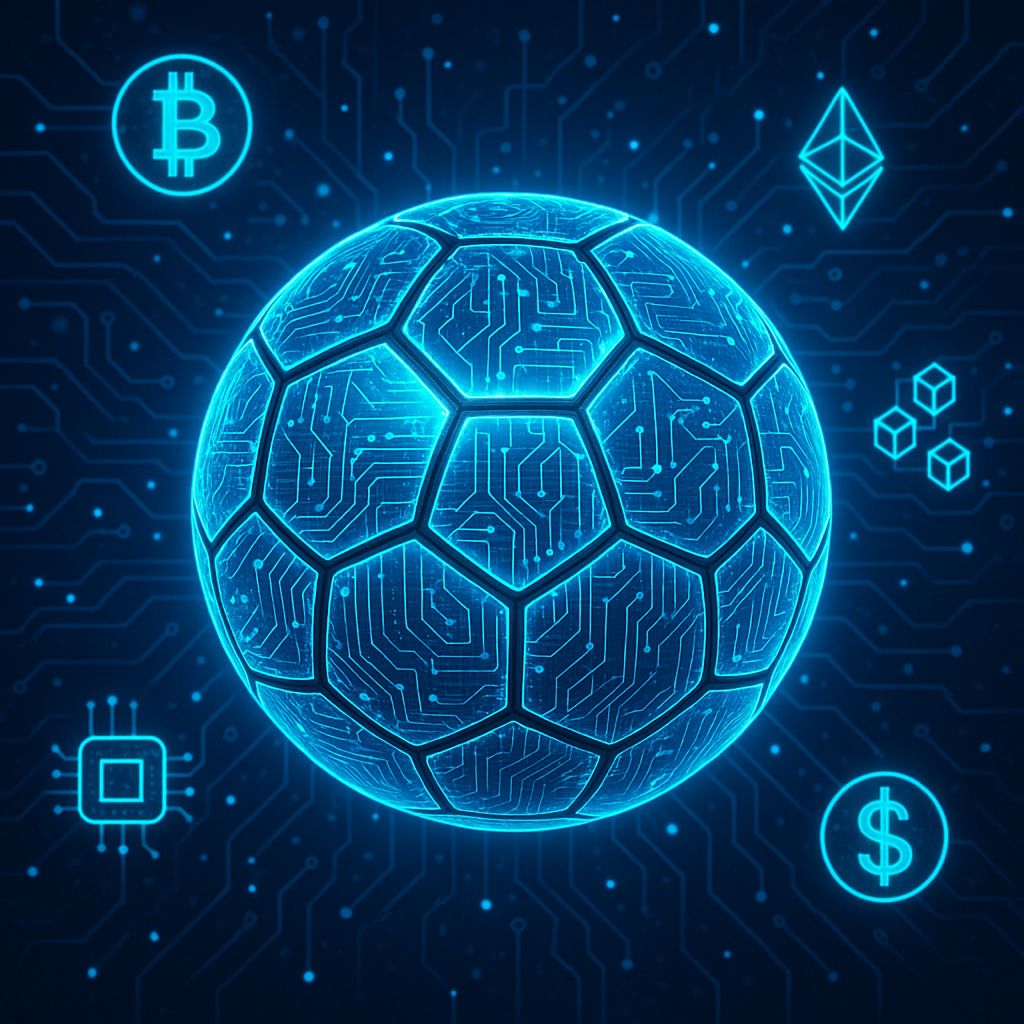Football isn’t just a sport — in many countries, it’s practically a religion. It attracts immense attention, unwavering passion, and enormous financial investment. The sport’s global reach is unparalleled: the 2022 FIFA World Cup final in Qatar drew an estimated 1.5 billion viewers. That same tournament generated over $7.5 billion in revenue for FIFA.
But with such massive attention and money flowing into the sport, a troubling trend has emerged: the exponential rise in player transfer values.
Take Neymar’s 2017 move to PSG as an example — a transfer that shattered records with a fee exceeding €222 million. Fast-forward to 2024, and the combined value of the top 10 football players exceeds $1.5 billion. While this value is based on understandable metrics — age, skills, experience, achievements, and overall talent — the market remains notoriously opaque.
Clubs struggle to assess a player’s true value. Much of this stems from limited access to transparent data, and the heavy reliance on agents and scouts. This is where blockchain technology and smart contracts could offer a revolutionary solution.
Enter the Block Football chain and Smart Player Transfer Contracts
Smart contracts are digital protocols stored on a blockchain that automatically execute when specific conditions are met. Unlike traditional agreements that rely on intermediaries (think legal teams and agents), smart contracts operate on code — making them:
-
Trustworthy and transparent
All parties involved can verify the terms and execution of the agreement. -
Secure
Once recorded on the blockchain, contracts can’t be tampered with. -
Fast and efficient
They eliminate middlemen, reducing time delays and administrative costs.
Once triggered, a smart contract executes the agreed actions and updates the blockchain — providing an auditable trail on a decentralized ledger.
NFTs: Digital Identity for Footballers?

Imagine if each professional footballer had their own NFT, containing data on performance, skills, position, and even contractual terms. This information could be accessible to clubs worldwide — enabling smarter scouting and more strategic team building.
A non-fungible token (NFT) is a unique digital identifier recorded on the blockchain. It can represent a real-world asset — such as a football player’s identity, attributes, and career record. Crucially, NFTs are:
-
Unique and tamper-proof
-
Immutable — they can’t be copied, altered, or deleted
-
Publicly verifiable
By tokenizing players and recording transfer details on the blockchain, the entire ecosystem — clubs, agents, players, and regulators — stands to benefit. Here’s how:
-
Clubs could reduce reliance on intermediaries and make data-driven transfer decisions more efficiently.
-
Players would have transparent records of their career history and market value.
-
Regulators like FIFA and national associations would gain better visibility into club finances and compliance.
This could usher in a new era of financial discipline, efficient scouting, and fair market practices.
Football is evolving — not just on the pitch, but off it as well. As technology continues to redefine global industries, blockchain and NFTs have the potential to reshape the beautiful game’s economic and scouting model.
Will clubs embrace this transformation or will it be imposed by football federations such as UEFA or FIFA? Time will tell — but the groundwork for a smarter, more transparent transfer system is already being laid.
Source:
Bitcoin, Blockchain and Cryptoassets – A comprehensive introduction – Fabian Schär and Aleksander Berentsen
www.planetfootball.com/quick-reads/most-expensive-wages-contracts
What makes a soccer player expensive? Analyzing the transfer activity of the richest soccer – Lukas Barbusack, Augsburg University
https://sites.lsa.umich.edu/mje/2023/01/10/the-finances-behind-the-2022-world-cup/
https://inside.fifa.com/tournament-organisation/world-cup-2022-in-numbers
